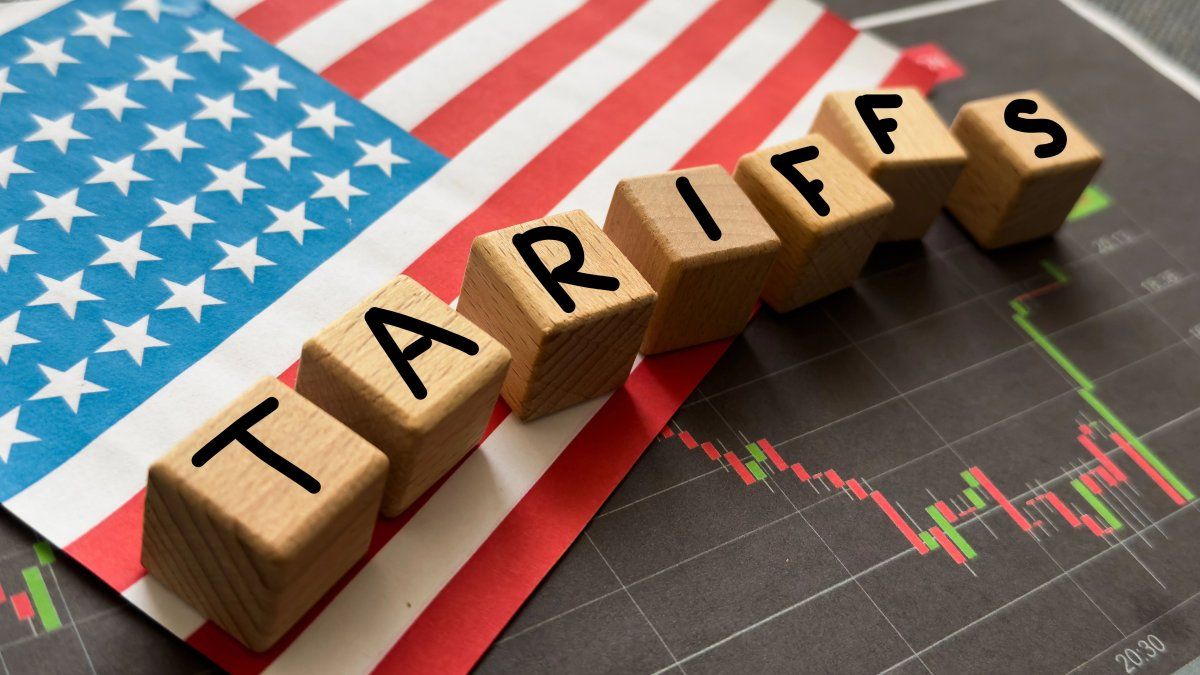Inflation at wholesale level in the United States experienced a surprise deceleration during Juneafter the known on Tuesday the Bad data of retail inflation (CPI). In parallel, it was known that The North American industry behaved better than expectedwith an increase in activity for the first time in four months.
According to the report published Wednesday by the Labor Statistics Office (BLS)the producer price index 2.3% year -on -year increasedthe least percentage since September last year. In turn, in the monthly comparison he remained unchanged with respect to the previous month, After registering an increased 0.3% increase in May.
The wholesale inflation report is especially important for analysts because some of its components are used to calculate the personal consumption expenses index (PCE) The inflation measure preferred by the Federal Reserve (FED) to make its monetary policy decisions.
The impact of tariffs
In turn, these data complement the information about June consumer prices, which He showed how higher tariffs are impacting various categories of productsincluding domestic furniture, appliances and recreational items.
From Personal Portfolio Inverters They noted that wholesale inflation “While positively surprised, it began to reflect the impact of tariffs.” For example, lThe costs of lasting goods of consumption increased 0.4% After an increase of 0.5% in the previous month, representing the greatest consecutive increase in three years.
He added that The increase in energy costs product of a jump in natural gas for electricity generation, the largest also in three years.
On the contrary, service costs fell 0.1%. More than half of this decrease was attributed to a 4.1% drop in lodging services for travelers, the BLS reported. Besides, Passenger air transport services descended 2.7%the greatest fall since May 2024.
Trump Tariffs.jpg
Trump seeks to accompany his tariff policy with a decrease in the Fed rates.
Improvement in industry
Shortly after it was known that American industrial production He experienced a 0.3% rebound in June, the first time since January, as revealed data from the Federal Reserve. This growth was mainly driven by A remarkable increase in the production of public serviceswith 2.8%.
For its part, there was an advance in the manufacturing sector of just 0.1%, largely dragged down due to the performance of the automotive industry, beaten by tariffs to Mexico and Canada. In fact, If that category is excluded, the manufacturing production rose 0.3%, its greatest advance in three months.
On this subject, from Economy, inc They added that the use of Productive capacity amounted to 77.6%above the projection of 77.4% of analysts, but “still below the average”.
Trump’s crossing with the Fed
These data were known in parallel to the increase in tensions between the Trump government and the Federal Reserve by The reluctance of the North American Central Bank to lower interest rates. According to the American press, Kevin Hasettthe current director of the National Economic Council, He is the main candidate to replace the president of the Fed, Jerome Powell, when he veins his mandate in May.
“Hasset shares the president’s criticisms about the level of rates And he was willing to follow a more aligned monetary policy with government growth objectives, “they explained from PPI in their last report to their clients.
The former member of the Board of Governors of the Fed, Kevin Warsh, and Treasury Secretary himself, Scott Besent himself also appears within the payroll of candidates. “The possibility that the new driving subtracts independence from the Fed turns on the alerts of the market”added PPI.
Source: Ambito



